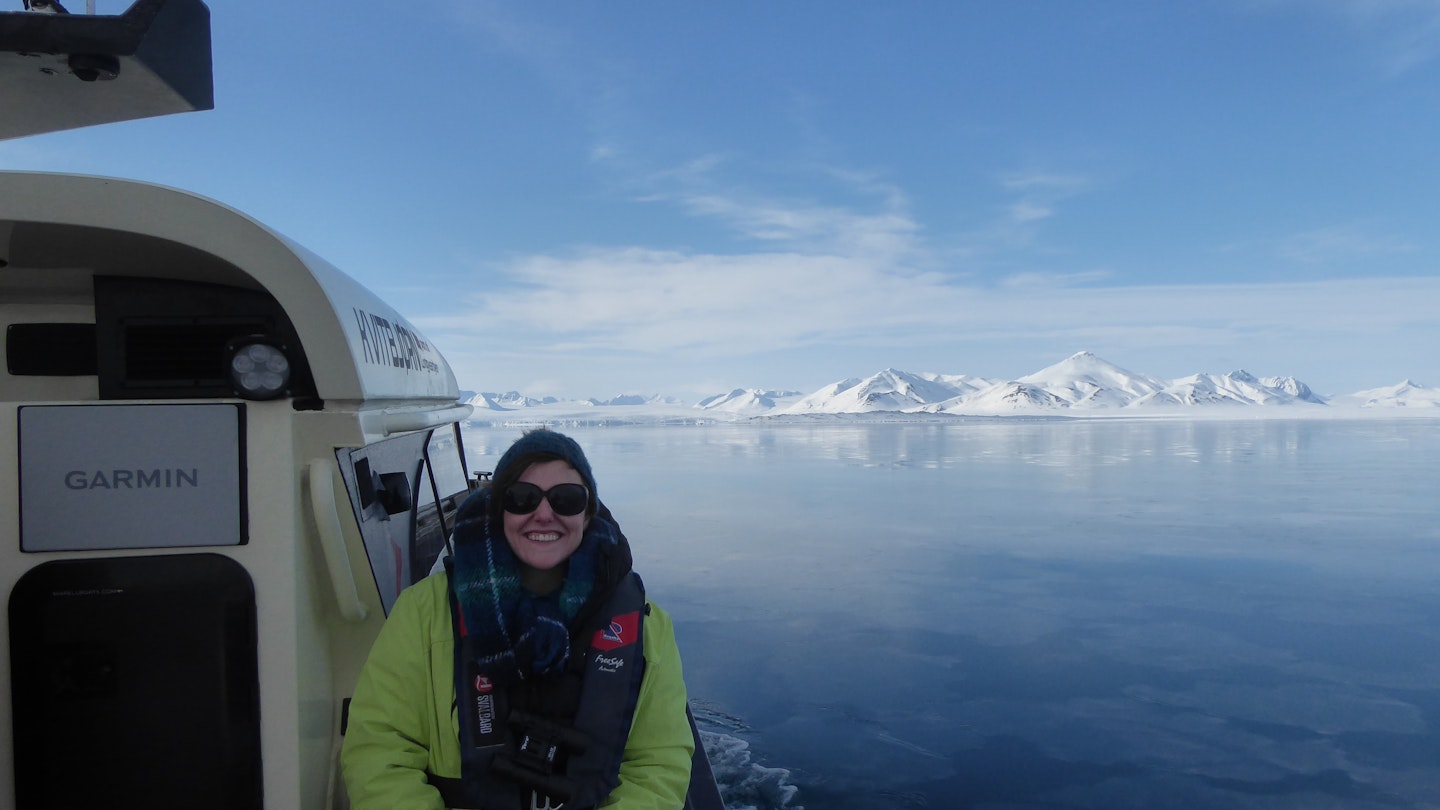Explore Svalbard with GoTravelDaily’s Hybrid-Electric Walrus Safari
A new hybrid-electric vessel has set sail in Svalbard to take tourists on a unique walrus safari. The Kvitbjørn (meaning polar bear) runs on electric power when cruising near land, providing a sustainable experience and increasing the chances of spotting the elusive animals along the icy shores. The significant reduction in noise allows the vessel to approach the shore without disturbing wildlife.
Since May, the Kvitbjørn has been operational for tourists, offering Hurtigruten walrus safari experiences to Borebukta. The vessel will operate for a three-year pilot period during the peak season (May to October), accommodating 12 passengers (plus crew) in a comfortable, heated cabin. Guests can enjoy hot drinks and snacks during the trip.

The vessel is a result of four years of collaboration between the established tourism operator Hurtigruten, marine power specialists Volvo Penta, and boat builders Marell Boats. Operating approximately 1,000 hours per season, the Kvitbjørn will yield valuable insights into carbon and noise reduction efforts within the area.
Onboard the Maiden Voyage of Kvitbjørn
As passengers embark on the Kvitbjørn vessel, excitement builds around the possibility of seeing polar bears. “But seriously…will we see a polar bear?” several passengers ask. However, the bears are wild creatures, and sightings cannot be guaranteed. There is, nevertheless, a significantly better chance of spotting walruses, as captain Tore Hoem sets a course for areas where they were sighted earlier in the week.
Walruses are considered one of Svalbard’s major conservation successes. Walrus safaris have been a recent addition to the tourism offerings since approximately 2015. Prior to that, hunting had depleted their numbers; however, since conservation efforts began, their population has rebounded from about 100 to over 5,500 in 2018. Consequently, areas previously devoid of walruses are now frequented by these magnificent creatures.

As we leave Adventfjord, the 7 km bay, in electric mode, we create minimal ripples, leaving the industrial town of Longyearbyen behind. Crossing Isfjorden, the boat switches to the combustion engine, allowing us to speed along at 25 knots. Our journey offers moments of tranquility as fulmars glide gracefully above the icy ocean surface.
Upon nearing the glaciers of Spitsbergen Island, we transition back to electric power, quietly cruising toward a breathtaking, untouched landscape. The stunning views elicit collective gasps of appreciation. Now as we near the shore, razor-thin blobs of sea ice begin to emerge, gently bobbing in the water.
There is a mix of good and bad news as we approach; while the increase in sea ice over the past week combats the effects of climate warming, it also means that walruses will likely remain further from the coastline.

Instead, we sight a lone walrus lounging on its back, basking in the sunlight, even amid the chilly -10 degrees Celsius. Guests arriving later in the season are likely to have improved chances of observing walruses as the summer warms the region.
We also spot numerous fresh tracks in the snow, which we learn are ‘polar bear slides’—where these magnificent creatures amuse themselves by rolling downhill. The idea of witnessing a polar bear frolicking in the snow is thrilling, knowing they are nearby, hidden amidst this stunning landscape of glaciers.
When the wind chill becomes unbearable, the cabin offers a warm retreat complete with cozy seating, breathtaking views, and hot coffee and pastries—perfect for a scenic snack.

The Question of Sustainability: The Rise of Electromobility
Svalbard’s location near mainland Norway makes it an ideal testing ground for new electromobility technologies. In January 2022, Norway reached a significant milestone when 80% of all private car sales were electric. This rapid adoption has made electric vehicles the norm, significantly reducing traffic noise levels that I observed when visiting Oslo before my Svalbard trip. Additionally, electric trucks were introduced in Svalbard by the postal service, proving that electromobility is viable even in extreme cold climates.
While transport to and around Svalbard is a significant concern, with flights being the most common means of access, the push for sustainable on-the-ground practices remains essential, according to Henrik Lund of Hurtigruten.

Sustainability, he asserts, “should not be a competitive advantage; it should only grant you the right to participate. The travel industry faces numerous challenges it needs to address urgently. Our goal should be zero emissions. Achieving this is not only beneficial for the environment but also for business. Those who do not embrace these changes will likely struggle in the future.”
Johan Inden, President of the Volvo Penta Marine Business Unit, echoes this sentiment, highlighting the impact of travel choices on nature. “Tourists act as ambassadors for nature,” he states. “To preserve it, we must learn to care about it deeply. Experiencing these magnificent environments encourages travelers to return to their communities and spread awareness of their importance.
“While some argue, ‘it’s not perfect, so why start?’ the key lies in recognizing what we can influence. This understanding leads to effective change. Ultimately, the goal is for travelers to reflect on their experiences and make conscious decisions in their everyday lives, such as reducing single-use plastics or considering environmentally friendly vehicle options. Collective efforts from various organizations and individuals are necessary for this transformation.”
AnneMarie traveled to Svalbard at the invitation of Volvo Penta. GoTravelDaily staff members do not accept freebies in exchange for positive coverage.





